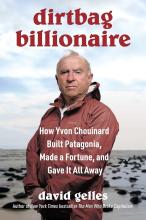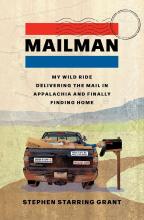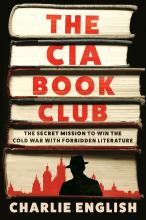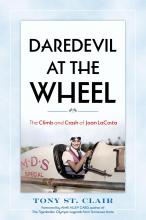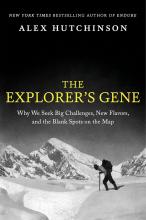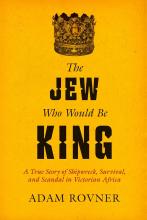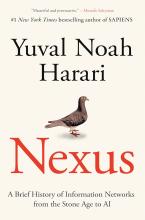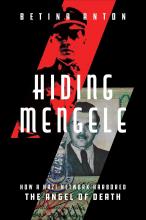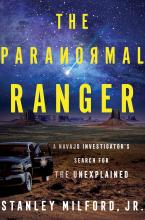The Nonfiction Book Club meets at the Pitkin County Library to discuss a new, challenging, and interesting book each month. We are always welcoming new members. If you would like to join the club please call the library at 970-429-1900 or email Bradley Peate at [email protected].
This is the inside story of one of the most extraordinary brands in the corporate world, the rare company that is driven by environmental activism instead of cutthroat capitalism. Founded in 1973, Patagonia has grown into a wildly popular producer of jackets, hats, and fleece vests, with a cultlike following among hardcore alpinists and Wall Street traders alike, posting sales of more than $1 billion a year.
But it’s not just the clothes that make Patagonia unique. For decades, the company has distinguished itself as a singular beacon for socially responsible business, the rare company that can legitimately claim to be doing its damnedest to make the world a better place, while also making a profit. From its early efforts to take exemplary care of its employees, to its extensive work trying to clean up its supply chain, to its controversial activism, Patagonia has set itself apart from its peers with one unorthodox decision after another, proving that there is another way to do capitalism.
At the heart of the story is Patagonia’s founder, the legendary rock climber Yvon Chouinard. A perennial outsider who forged one of the most impressive resumes in the outdoor world, Chouinard also established himself as a pivotal figure in the history of American business. Guided by his anti-authoritarian streak and his unwavering commitment to preserving the natural world, Patagonia came to exert a powerful influence on other companies, paving the way for a new era of social and environmental responsibility. He started out as a dirtbag—a term affectionately bestowed on poor, itinerant outdoorsmen so uninterested in material possessions they are happy to sleep in the dirt—and he became a billionaire.
Chouinard also proved that there was another way to be a philanthropist. In the twilight of his career, he gave away Patagonia, renouncing his wealth and committing all its future profits to fighting the climate crisis.

